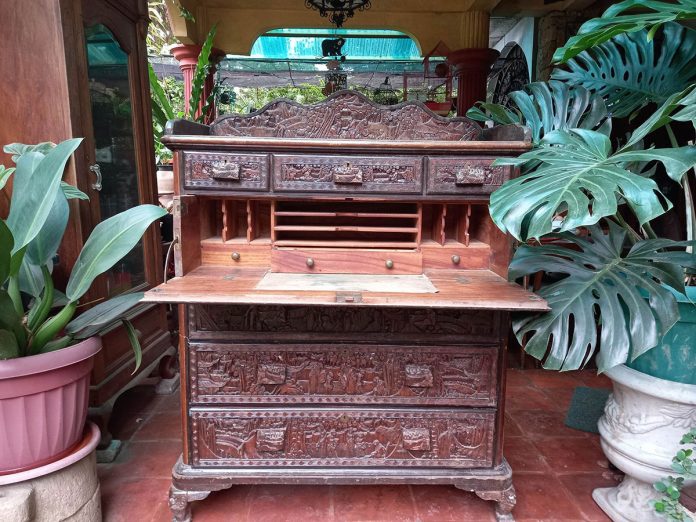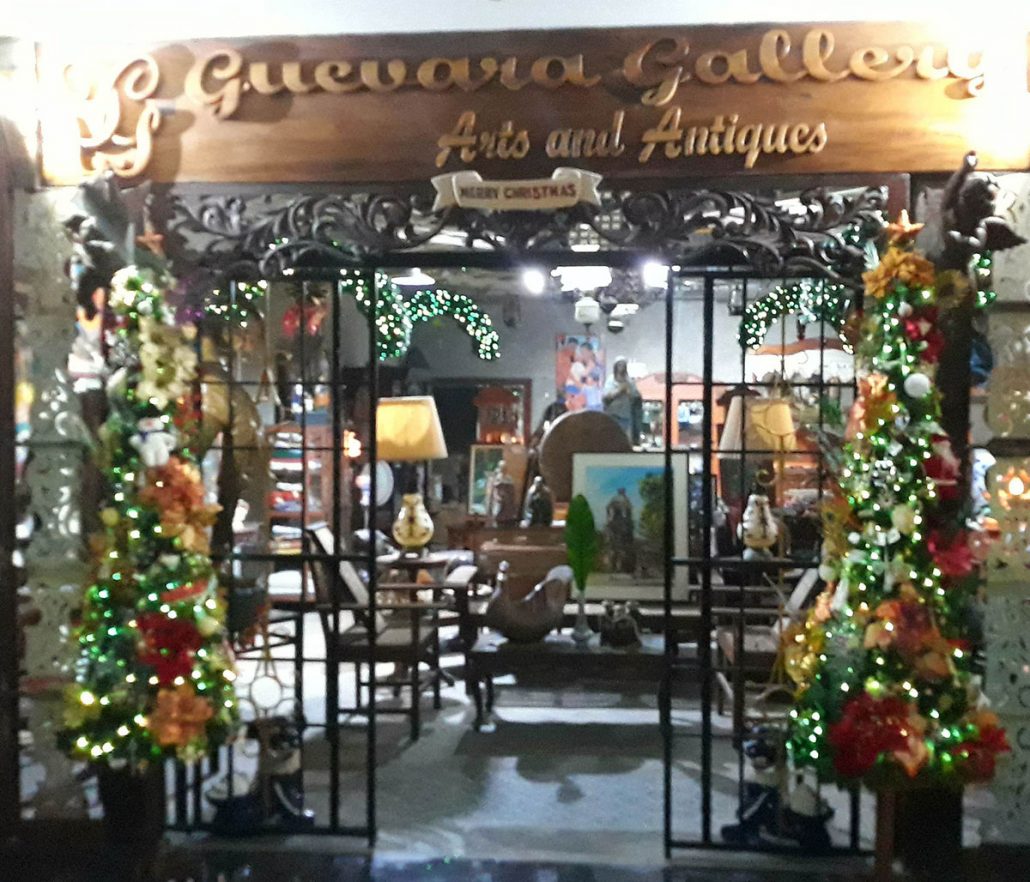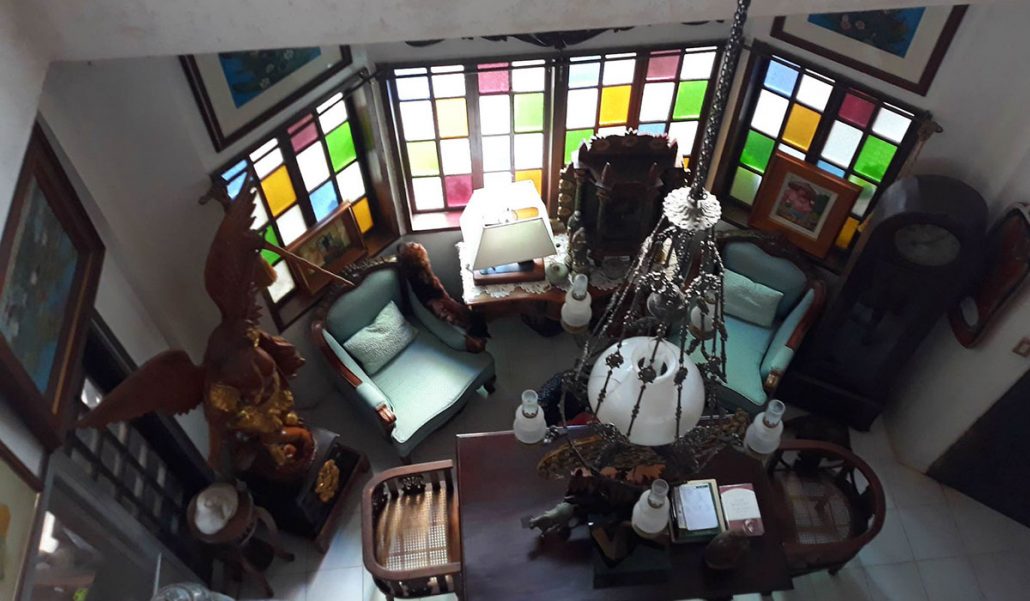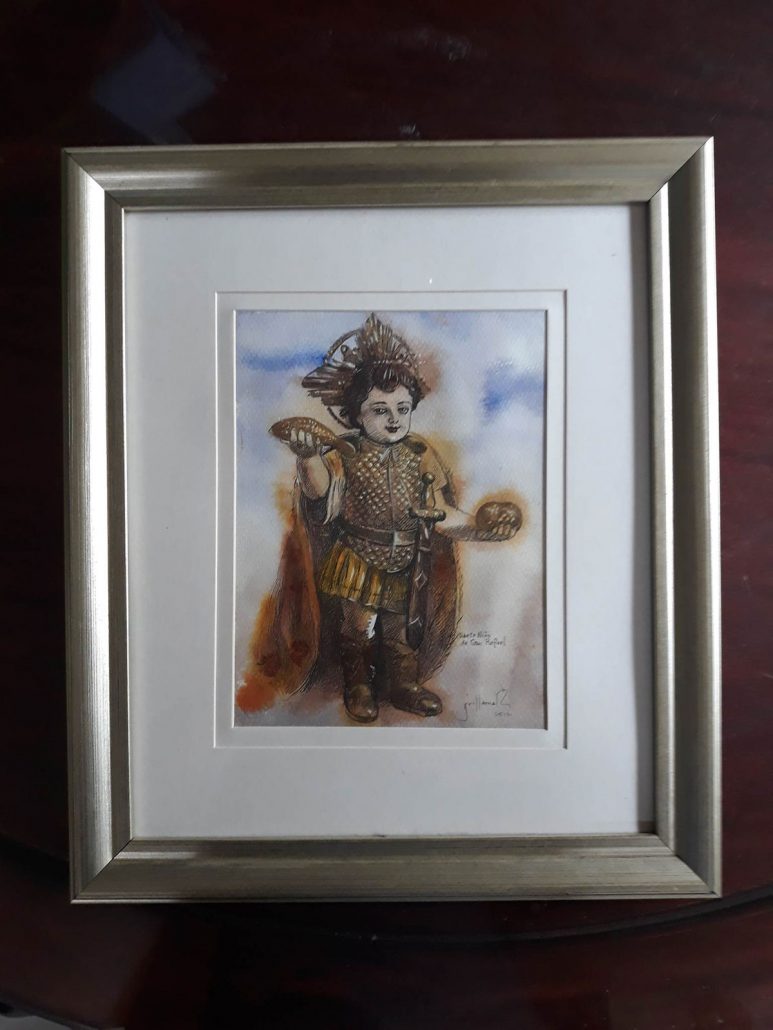
BY DOMINIQUE GABRIEL G. BAÑAGA
To most Filipinos, having an antique collection offers a glimpse of the country’s rich culture.
One of the most avid antique collectors I know in Western Visayas is Noel Guevara, a resident of Jaro, Iloilo City, and my uncle.
When my family moved residence, we traded the hustle and bustle of Metro Manila for the quiet provincial life. I stayed for about a year in Iloilo City at my uncle’s house.


I have to admit that when I was little, the sight of huge images of Catholic saints at my uncle’s house terrified me. Although, as I got older, that fear was replaced by my curiosity as to the history behind the antiques he was collecting.
That curiosity later led to a funny joke among my cousins, as one of his collections, which depicts a crucified Christ, was hanging inside the guest room. We joked about not turning on one side of the bed to face the crucified Christ at night, resulting in a stiff neck when waking up in the morning.
I can still remember when I read two of his books showing pictures and information about antiques. It was when I realized that some of the collections in the picture were owned by my uncle.
According to my uncle, he started collecting during the 1980s, when it was a big craze.
Most of his collections include excavated porcelain plates, bowls, and jars from Iloilo and Palawan, some dating back to the Song, Tang, and Ming dynasties of China.



It can be recalled from the country’s history books that early Filipinos traded with the Chinese.
Uncle Noel said he used to travel a lot and return home with some pieces. Dealers would also come to him, bringing stuff for sale. Another easy source for him is antique shops.
He usually studies the history of the item first and its aesthetic value before purchasing it to add it to his collection.
When asked about his favorites, he replied that furniture speaks volumes about the history and culture of a place.
“I always gravitate to them. The mystery and the story behind wooden, century-old furniture fascinates me,” he said.
Asked further if he is keeping our history alive through his antique collections, he said change is constant and we are in a period where he thinks the generation has to be reminded of our country’s rich history and culture.
He said a way of defining ourselves today is to look back through these tangible, ancient things to understand our roots.
My uncle added that they have mounted several antique exhibits in the past. And at the previous Dinagyang Festival, they held a public display of their collection of Sto. Niño at Plazuela Dos.
Nowadays, most of his collections are housed at their antique and art gallery, the Guevara Gallery.
The gallery displays items rich in heritage and intrinsic value where like-minded collectors can find items to their liking.
On a closing note, uncle Noel advises those who want to collect antiques in today’s situation not to go all out to begin their collection. The best source is from within the family first and keeping those inspire memories and nostalgia, he stressed.
“Focus on a certain category first, like books and coins. Continue to build it up as you go along to include others, [and] beware not to hoard,” he said./PN
PHOTOS BY BY DOMINIQUE GABRIEL G. BAÑAGA







